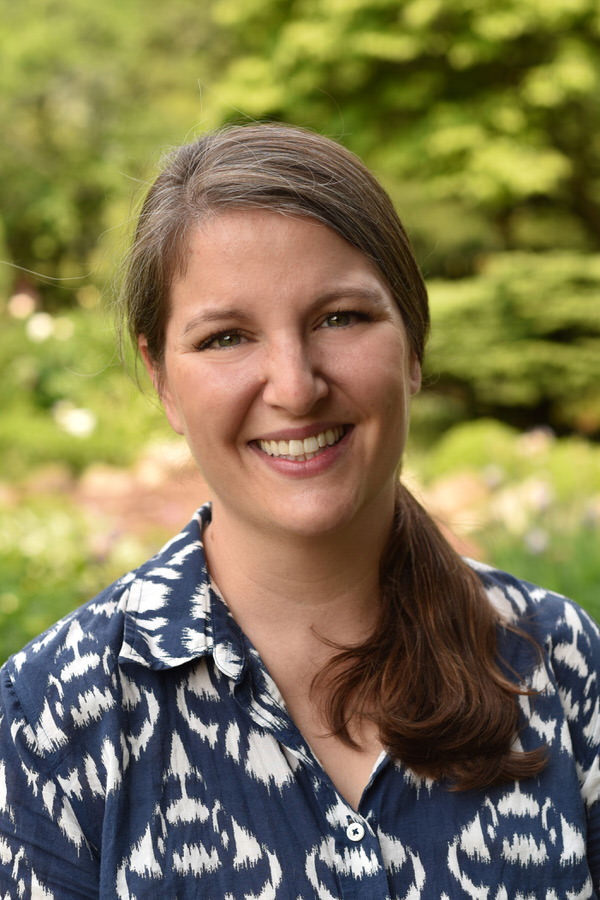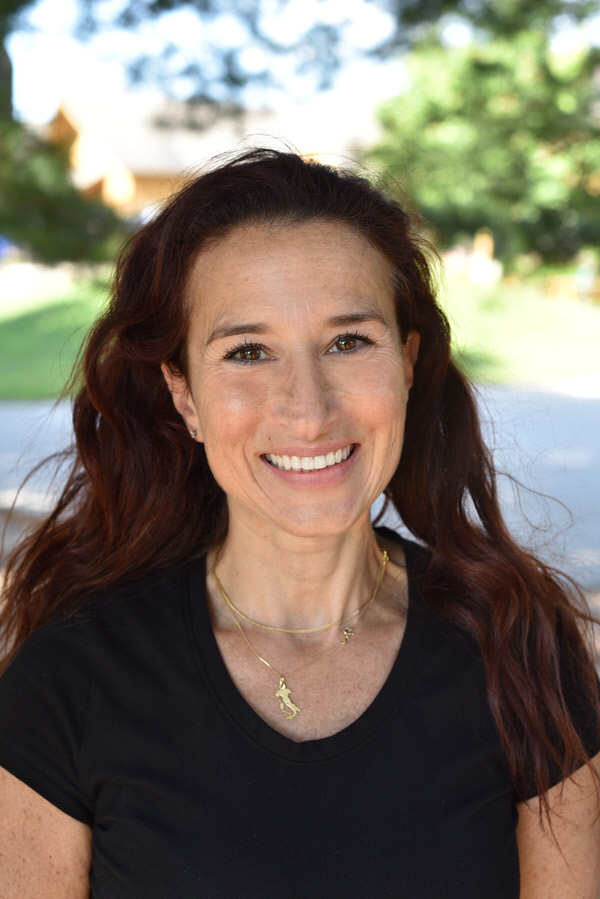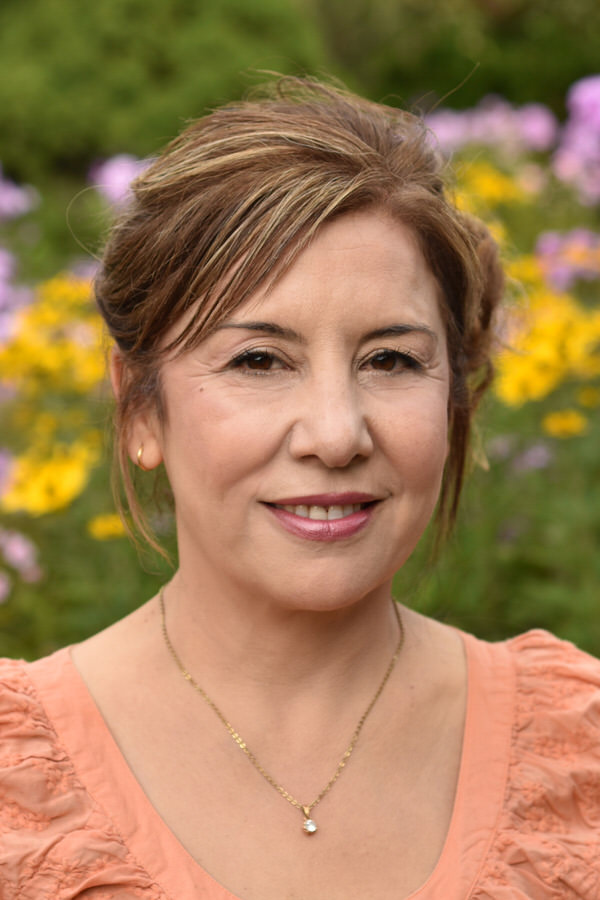|
A Montessori environment is unique in many ways. From the child-size furniture to the art hanging just at their level, it is a truly special place. With such gratitude, I look forward to the year ahead getting to know each of your children and families, and watching them learn and grow. My goal for each child is to feel at home, empowered, and inspired to follow his or her own unique interests. Your partnership is so important in this journey and in building our classroom community! I look forward to a wonderful school year! Best, Kristi@traversechildrenshouse.org "That humanity which is revealed in all its intellectual splendor during the tender age of childhood should be respected with a kind of religious veneration. It is like the sun which appears at dawn or a flower just beginning to bloom. Education cannot be effective unless it helps a child open himself up to life." - Maria Montessori |
   |
Classroom Highlights
October 29, 2025
Dear Iris Families,
What a joyful few weeks it has been in the Iris Community! The classroom feels settled and alive with purpose. There is a natural flow in the work and a sense of harmony as the children move confidently through their days.
Indigenous Peoples’ Day with Elder Paul Raphael
We were honored to welcome Paul Raphael, an elder and storyteller, in the Grand Traverse Band of Ottawa and Chippewa Indians. He captivated us with two traditional stories, one about the clever coyote and another about how the bear lost his tail. Paul sang, played music, and introduced the children to several of his instruments and tools.
While the experience was deeply entertaining, our greater intention was to bridge understanding and offer authentic educational opportunities, helping children learn from Indigenous voices and perspectives directly.
Parent Visiting Day
Our Parent Visiting Day was a tremendous success! It was heartwarming to see the children proudly guiding you through their classroom, showing lessons, sharing stories, and inviting you into their daily world. Your presence added such warmth to our space, and it was clear how at ease and confident the children felt as they shared their work with you.
Community Growth
In just a few short weeks, we will be welcoming two new members to the Iris Community, William and Hallie. The children are preparing thoughtfully for this transition, talking about ways to be helpful, kind, and inclusive. This moment offers a beautiful opportunity for everyone to think beyond themselves, to practice empathy, selflessness, and responsibility. We are confident the Iris children will make our newcomers feel just as welcome as your children were made to feel when they began their journeys here.
Fall Conferences
Starting Monday, we will begin our Fall Conference Season. I look forward to meeting with each of you to share your child’s progress, celebrate their growth, and hear about how things are going at home. Our partnership is invaluable, and these conversations help us align and support your child’s continued development.
Pumpkin Fun Day
Finally, this Friday marks one of our most beloved traditions, Pumpkin Fun Day! The children will enjoy a day filled with creativity and collaboration: carving our community pumpkin, gluing, painting, baking, and exploring all things autumn. Every year, it reminds us how joyfully children celebrate the season and the friendships that grow from shared experiences.
Mindfulness Practice
Each day, we pause to breathe together, in through our noses and out through our mouths, paying attention to how cool the air feels as it enters and how warm it feels as it leaves. These moments of mindfulness help the children notice their bodies, emotions, and the energy of the room.
In the afternoons, our older children extend this practice by finding a quiet place to rest as I guide them through a short meditation, or by gathering around a candle and watching its flame dance. This mindful work is also supported through our weekly labyrinth walks and our MindUp curriculum, which invite the children to explore self-regulation, gratitude, and presence in meaningful, developmentally appropriate ways. Together, these practices nurture a deep sense of peace and connection within our classroom community.
September 24, 2025
Dear Iris Families,
The beginning of our year has been truly beautiful. The children are settling into routines, forming new friendships, and showing such eagerness for the work and discoveries that each day brings. It has been a joy to watch our community grow together in these first weeks.
Each Thursday morning, we gather as a whole school to walk our labyrinth together. This peaceful practice is becoming a grounding rhythm for our children, bringing calm and connection to the start of the day.
Another new rhythm this year has been beginning our mornings outside. From 8:20–8:45, the children enjoy the play structure, giving them time to socialize and connect before we transition indoors. This addition has made a remarkable difference in how smoothly the children enter the classroom community. If you’d like your child to enjoy this time, we encourage you to arrive earlier.
Our kindergarteners have also begun MindUp, a curriculum rooted in mindfulness practices. Already, they are learning strategies to pause, breathe, and focus their attention—skills that serve them both in the classroom and beyond.
In true Montessori fashion, we’ve also taken time for the practical side of independence. One of the most memorable lessons so far was a comical, but very useful, demonstration on how to wipe properly. With plenty of laughter, we practiced folding toilet paper to protect fingers, checking, folding again, and continuing until the paper is clean. The children loved it, and I promised to pass the lesson along to you!
Our partnership with the Birch community (Lower Elementary) has been another highlight of the start of our year. Each Tuesday, two children from Birch join us for a baking project. This week, they made banana bread with our class and even taught us songs to prepare for World Peace Day. The “second years” in Birch also created a work for our shelves—a beautifully handmade matching game of flowers. They drew, cut, and laminated the cards, then presented them in a basket decorated with hand-cut grass and paper Iris flowers. They even included a heartfelt card expressing their excitement for this partnership. In return, our kindergartners wrote a letter of gratitude, and our younger children baked applesauce muffins to share with Birch for snack. This collaboration warms my heart and speaks volumes about the culture of care and connection in our school.
The kindergarteners also recently expressed interest in having Marcus, Michele’s 12-month-old golden retriever, join us for quiet reading in the afternoons. Together, they wrote a formal letter requesting his presence. First, they built the sentences with the movable alphabet, then worked together to put their words onto paper. Their thoughtful effort paid off—now, whenever Marcus is on campus, he will join our afternooners for quiet reading. This addition has brought great joy, and the children are beyond thrilled about their new furry reading companion.
This past Monday, we celebrated World Peace Day together with the dedication of our new labyrinth, followed by a beautiful whole-school sing. It was a meaningful way to root our year in peace and community.
-
Oct. 5 – Fall Festival
-
Oct. 10 – No School, Professional Development Day
-
Oct. 13 – Indigenous Peoples’ Day
-
Oct. 15 – Coffee with Trisha
-
Oct. 21 – Picture Day
-
Oct. 24 – Primary Parent Visiting Day, 8:30–9:30 AM (one parent only). If your child is new and you’re unsure how they’ll handle separation at the end, let’s connect ahead of time.